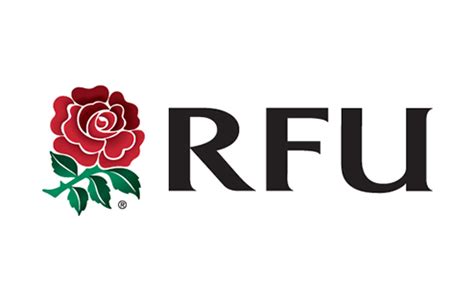The importance of empathy in the coach-player relationship
What is the player going to do with that information?
Coaching with empathy is of critical importance in ensuring positive outcomes from coaching interventions. Empathetic coaching seeks to understand the players perspective when delivering messages.
When observing any rugby activity, a coach’s eye is drawn to multiple things; positive contributions, bad habits, constructive behaviours, poor decision making, exceptional skill execution, any of which could warrant an intervention to reinforce good behaviours or correct poor ones.
The temptation is to try and address everything at once. This is a trap! Seeking to understand how the player might react to an intervention, their emotional state and any other information in the environment that they are processing can help ensure that interventions are impactful and constructive. Impactful and constructive interventions lead to player development and enjoyment. To help ensure good outcomes one of the most powerful questions a coach can ask of themselves is:
“What is the player going to do with that information?”
Asking this question can help determine how effective a coaching intervention might be. Through prompting consideration of the players emotional state, level of fatigue and other information available in the coaching environment, a coach can be more considered about both the content and the timing of messaging provided to players.
Empathy
Empathy is about ensuring that players are receptive to the feedback provided in a coaching environment. In my practice I have identified four focus areas to help improve the effectiveness of interventions through having empathy for the player:
- Development of a Coaching Vision
- Timing of Messages
- Limiting Concurrent Messages
- Balance of Deliberate and Emergent Coaching
Development of a Coaching Vision
Development of a coaching vision shared across all coaches working with a playing group can help to ensure that all of the messages players receive are consistent. A coaching vision can be enhanced further through the development of shared language, pictures, and maxims that players and coaches can refer to and reuse to help embed the messages.
Inconsistent messaging from coaches can be extremely detrimental, players can become confused from conflicting messages and could simply choose to ignore feedback rather than to consider and respond to it. In any set of coaches each will have their own view of the aspects of the game they would like to develop with the players, discussing these as a coaching group ahead of sessions can ensure that coaches are working in a complimentary way.
Timing of Messages
Players are not always receptive to feedback; some feedback is best provided ‘in the moment’ where as some messages are best landed once the player has had time to change their emotional state and reflect on an activity. This is sometimes called hot vs. cold feedback, providing what might be considered by the coach as constructive feedback at a time when the player is fatigued and in a heightened emotional state could elicit a negative response.
To further complicate matters different players like to receive feedback in different ways. For the coach this is about understanding the players and their emotional state and using judgement to determine how successfully a message will land. Getting this right can take some trial and error!
Bandwidth
Coaching interventions need to strike a delicate balance; too little information and a player is not being coached, too much information and either the coaching vision is diluted, or the player is confused and unable to process multiple messages.
As coaches the temptation is often to fall into the trap of providing too much information, “and another thing….”. This can lead to several negative outcomes:
- The players simply cannot take onboard all of the information and act on it
- Each player will interpret the part of the message they feel the most affinity with
- Each additional point dilutes your messaging as a coaching group
- Lots of time spent with coaches talking can hamper a player’s enjoyment of the activity
Players want to play!
Below are some simple rules of thumb that have worked for me in getting the balance right:
- Ensure that no more than 1 or 2 ideas are introduced at a time (remember each additional idea dilutes the previous ones).
- During rugby activities players are under fatigue, coaches are not… it is much harder to process complex information and new ideas when tired.
- You can’t always assume that messages provided in previous sessions have ‘stuck’… some players miss training sessions.
- Ensure that interventions are long enough to provide a clear message, but short enough not to disrupt the flow of a session.
- Seek to draw information from the players, this will help to validate if the messages are being processed. If previous messages haven’t landed, simply seek to reinforce them.
Balance of Deliberate vs. Emergent coaching
There needs to be enough deliberate coaching to ensure that players get a common thread and understand the core message, but flexibility to adapt a session if something constructive or exciting that wasn’t planned has presented itself. To do this successfully a coach needs to understand very well their core values and vision for the game. If these fundamentals are solid, a coach can have more confidence to ‘go with the flow’. This can create diverse and exciting training sessions, where players feel that the coaching the receive is authentic and tailored to their development rather than robotically delivered from a session plan:
Sticking to a pre-planned session that won’t work will lead to frustration for both players and coach.
As a coach having 1 or 2 key ideas that need to be delivered allows space to develop a session in-line with emergent outcomes whilst ensuring that the key messages can still be delivered.
Key Takeaways
Empathy is about considering the players perspective when delivering coaching interventions. Getting this right can improve the quality of sessions, both in terms of player development and enjoyment for all involved. To do this effectivity requires a carefully thought through coaching vision, and the ability to reflect on the players responses to each intervention to improve the next ones.





